$GC $GLD $XAUUSD
#CME #GoldTrading #TerryDuffy #GoldMarket #GoldInvesting #ElectionImpact #MarketVolatility #PortfolioHedging #TradingVolume #EconomicPolicy #SafeHaven #FinancialMarkets
According to CME CEO Terry Duffy, trading activity for gold has surged significantly, tripling in volume in the wake of the recent election. This sharp increase in trading activity points to heightened investor interest as financial markets react to the changing political landscape. Gold, traditionally seen as a safe-haven asset, becomes especially attractive to investors during times of uncertainty, and the election outcome has evidently been a catalyst for such a market response. The surge in trading reflects the cautious sentiment shared by market participants who view gold as a hedge against potential volatility or adverse outcomes from political or economic shifts.
The tripling of trades in CME’s gold market underscores the precious metal’s central role in financial strategies designed to manage risk. Investors are likely positioning themselves defensively amid speculation over future fiscal and monetary policy adjustments following the election. Gold tends to perform well in environments where there is concern over inflation, economic instability, or shifts in interest rates, all of which are factors being scrutinized as new leadership potentially enacts policies with far-reaching economic implications. Moreover, a strong gold market often reflects broader concerns about currency strength or fears of depreciating value, highlighting the metal’s role as a time-tested store of value.
This post-election trading pattern suggests that investors are not only recalibrating their portfolios but also readjusting their overall hedging strategies. With increased uncertainty about economic growth projections alongside potential geopolitical factors that could influence future decisions, gold appears to be a favored defensive play. For example, investors may perceive new fiscal or regulatory changes as risks to growth or corporate earnings, thus turning to gold as a hedge against such disturbances. Furthermore, shifts in interest rates — either rising to tackle inflationary pressures or declining to support growth — could further incentivize investors to flock toward assets like gold.
With this surge in gold’s trading activity, price volatility in the commodity may persist as markets digest unfolding political events. In these environments, investors often look not only to physical gold ($GC) but also financial products that track the metal’s performance, such as exchange-traded funds (ETFs) like $GLD or trading pairs like $XAUUSD. Trading volumes in these instruments may continue to increase in response to ongoing uncertainty, meaning that opportunities for portfolio diversification or risk management via gold markets could attract both institutional actors and retail investors in the weeks ahead.
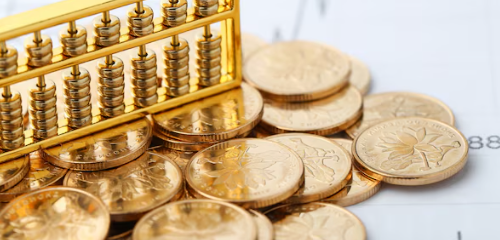



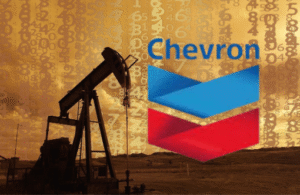

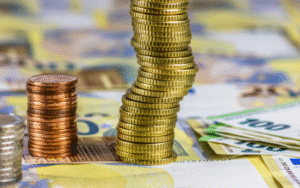
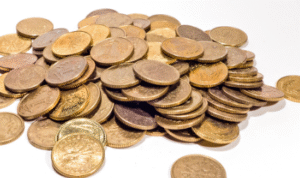
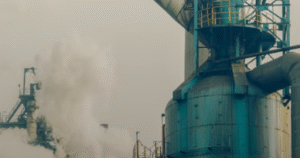
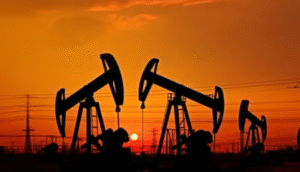

Comments are closed.